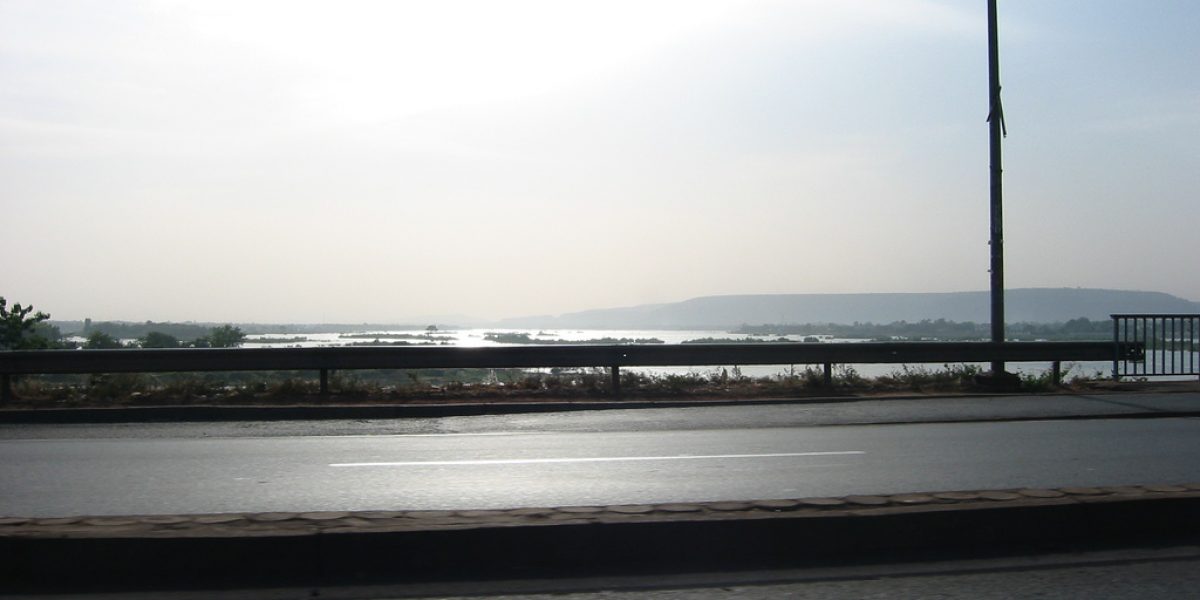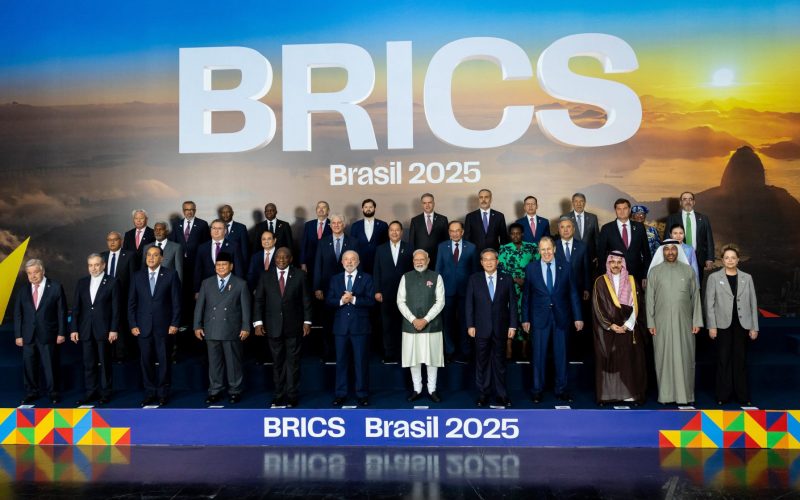It asks whether these forms of aid, conventionally considered to be dichotomous, are qualitatively different by employing primary research to consider the offers from a recipient government perspective. Taking the Chinese-funded third Bamako bridge as an entry point to the discussion, a simple investment model is employed to consider all development aid as part of a two-way agreement between donor (investor) and recipient (fund-raiser). Comparative risk and cost profiles are developed for the different donors. The paper concludes that the ways in which some African governments accept development aid from emerging economies such as China are influenced, firstly, by the particularities of infrastructure investment and, secondly, by pre-existing relations and partnering ideologies. The study of a stable African country with limited natural resources is an important addition to current literature, which has tended to be dominated by studies of unstable, resource-rich nations on the continent.
SAIIA sincerely thanks those who acted as peer reviewers for this paper.








